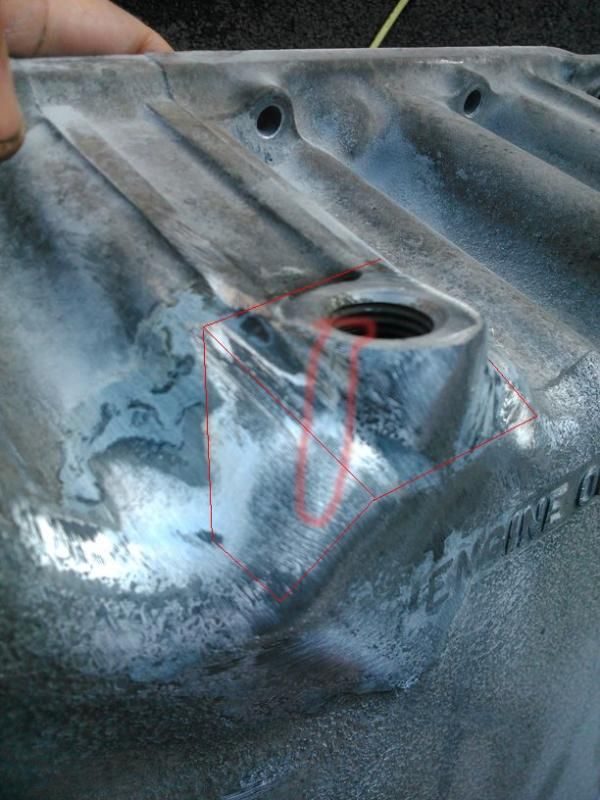I went to do the first service on an Accord a got a while back and found that at some point in the past someone has sealed the sump bolt over with liquidmetal
So off with the sump and I cleaned up some of the liquidmetal.
There is a very small hairline crack as per the picture.

What would people recommend as the best course of action. Iv done some aluminium TIG welding before but never tried cast AL yet
What I do have at my disposal is a 200 amp AC/DC TIG , a propane torch and also a gas garage space heater I could use to pre-heat the sump. Im going to pick up some rods better suited to cast aluminium tomorrow. Im aware cast aluminium welds terrible, but I need to give this a shot!
But how should I go about it
Drill a small hole at the end of the crack in order to stop it creeping any further (works on fiberglass but not sure if it would work on AL haha) then use a die grinder to cut down a small groove into the crack? Some preheat with the torch and try weld it up?
Any and all advice welcome
(I also work in a laser cutting company so I have access to maybe cutting a small plate to cover the cracked area to support it, but not sure if thats complete overkill!)







